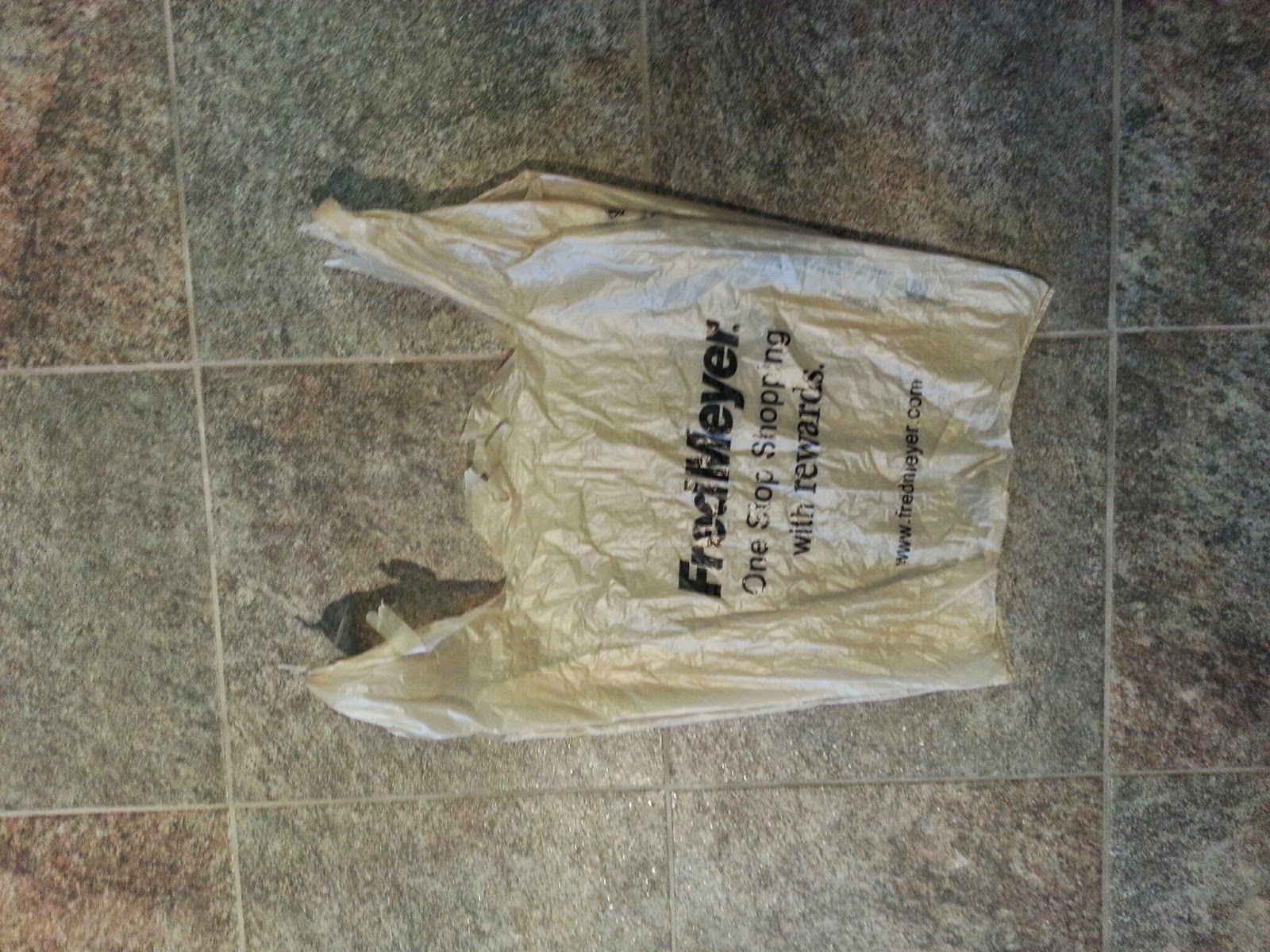I finally crocheted something useful: a holder for my water bottle. I came up with my own pattern, though since it's pretty simple, it might look like other patterns.
Water Bottle Holder Pattern
Foundation Ring: Ch 4, sl st into first stitch
Round 1: Ch3 (counts as first dc), 11 dc into the center
Round 2: Ch 3 (Counts as first dc), dc into space between Round 1 dc, ch 1, (2dc into ch1 sp, ch1) 11 times, sl st into first dc
Round 3: Ch 3 (Counts as first dc), 2 dc into ch 1 sp, ch 1, (3dc into ch1 sp, ch1) 11 times, sl st into first dc
Round 4: Ch3 (counts as first dc), dc into ch 1 sp, ch 2, (2 dc into ch 1 sp, ch2) 11 times, sl st into first dc
Rounds 5-10: Ch3 (counts as first dc), dc into top of dc, ch 2, (2 dc into top of dc, ch2) 11 times, sl st into first dc
Rounds 6-Finish: Ch4 (counts as first tc), tc into top of dc/tc, ch 2, (2 tc into top of dc/tc, ch2) 11 times, sl st into first tc
Strap: Ch 3, 2 dc into space between tc, dc into top of tc, turn and repeat until strap is long enough (it will stretch). Weave into tc on the other side, weave in ends.
Note: I used worsted weight yarn and size G (4.25mm) hook. The sides could be done completely in dc or tc - I switched to tc to save yarn.




















































